

Field linguistic studies on Shughni |
|
| Vladimir A. Plungian. The study of Shughni: the past and the future | |
|
The paper provides a brief overview of the history of Shughni studies and summarizes cross-linguistically interesting properties of Shughni (and other Pamir languages). Then, it elaborates on a current research project of the HSE University which focuses on fieldwork in Pamir region and computer-assisted tools for promoting Pamir linguistics investigations. |
|
| Artyom O. Badeev. Variability in the usage of demonstratives in Shughni | |
|
This article provides an overview of the main features of the Shughni system of demonstratives and their deictic functions. The study is based on the fieldwork data, namely an experiment during which the informants responded with Shughni demonstratives. The data obtained are presented in the form of tables with subsequent discussion. The study uses diverse theoretic approaches: on the one hand, a bicentric approach to deixis, examining it through the relations of the participants in a speech act, on the other hand, the idea of the opposition between person- and distance-oriented systems following the mainstream thinking about deixis as remoteness from deictic center, that is, the speaker. In this vein, this article seeks to combine the achievements of both. As a result, an updated understanding of the variability of Shughni demonstratives is provided. |
|
| Roman V. Ron'ko. Possessive constructions with pronouns in Shughni | |
|
The paper describes possessive constructions with pronouns in Shughni. In this language, possessor can be expressed by personal and demonstrative pronouns, pronouns with the locative postposition and, and constructions including both a standard pronoun and a pronoun marked with a locative marker. I compare these construction types, analyze types of semantic relations between the possessor and the possessee. Besides that, two syntactic types of possessive constructions are distinguished and their syntactic features are described. |
|
| Daria G. Chistiakova. Syntactic and semantic features of the clitic i in Shughni | |
|
This article describes the optional 3rd person singular enclitic i in Shughni (the Pamir subgroup of the Eastern branch of the Iranian languages), which appears with transitive verbs in the past tenses. The research is based on a corpus study as well as elicited examples. Generally, the enclitic i occupies the Wackernagel position after the first constituent, but can shift due to the operation of rhythmic-syntactic barriers. Two barriers that affect the position of the enclitic are described. The first type of barrier (the subject in the first position) is caused by syntactic factors, it affects only on the enclitic 3Sg i and is gradually disappearing in the modern language. The second type of barrier (the adverbial in the first position) depends on the communicative situation and is observed optionally both in the texts of the first half of the 20th century and in the modern language. This study also describes the interaction of barriers, if they appear simultaneously, and frequency of barriers both in the modern language and in the texts of 1915–49. |
|
Research articles |
|
| Maria V. Orlova. The cognitive mechanism of the semantic shift TO TAKE UP → TO ABOLISH in the light of typological data | |
|
Based on the data of 11 languages belonging to three language groups (Hellenic, Germanic, and Romance) the article considers a range of semantic shifts forming a chain of meanings which, based on its outermost links, may be referred to as TO TAKE UP → TO ABOLISH. The article analyzes the cognitive basis of the semantic development of verbs initially denoting the action TO TAKE UP, a pattern assumed to be common for several languages and thus of particular significance for lexical and semantic typology. The structure of the chain reflects the idea of the distance between the relocated object and its original location gradually becoming greater, on the basis of which the meanings TO TAKE OFF and TO TAKE AWAY are acquired. The final links of the chain (the meanings TO DESTROY and TO ABOLISH) represent the ultimate realization of removal. The mechanism of meaning acquisition is assumed to differ between the shifts in the chain since three of the four derivative meanings are metonymical, while the meaning TO ABOLISH is of metaphorical nature. |
|
| Anastasiya I. Ryko, Margrarita&nsbp;S.&nsbp;Spiricheva. The degree of preservation of dialectal features in different generations (Khislavichi district of the Smolensk region) | |
|
In the modern dialect of the Khislavichsky district of the Smolensk region, both dialectal features and features of the Russian standard language are observed, the latter actively permeating the dialectal speech over the past decades. We attempt to trace the dynamics of the development of this dialect with the help of quantitative methods which make it possible to establish the frequency of distinctive dialectal features in the spontaneous speech of individual speakers. The study establishes a list of relevant dialectal differences, calculates the proportion of dialectal features in seven idiolects, and creates linguistic profiles of these idiolects presented in the form of radial diagrams. Based on the analysis of these linguistic profiles, three degrees of preservation of the dialect are established, which do not depend on whether the informants belong to the older or younger generation. It is also noted that morphological features are lost first, followed by lexicalized phonological ones. |
|
| Daria V. Yakunina. Synonymy and paronymy of Russian verbal prefixes | |
|
The article presents an analysis of paronymic Russian prefixal verbs converting into synonyms in colloquial speech. Paronyms and synonyms are at first sight distant and opposite lexical concepts. The former underline semantic differences between words whereas the latter focus on their similarities. However, common-root derivatives feature both, being different in affixes while sharing the root. The same lexical units can be regarded either as paronyms or as synonyms depending on particular theoretical models and on what is in focus – their contrast or their resemblance. Lexical and grammatical norms preserve the distinction between close meanings of paronyms, while dynamic language processes erase these differences. We examine prefixal paronyms drifting to synonyms in colloquial speech and suggest reasons for such phenomenon. Synonymy becomes possible when prefixes partly coincide in meaning (one meaning included into the other, or two meanings overlapping due to the shift of the action landmark). Productivity of a derivational model, phonetic resemblance of prefixes, and tendencies towards analogy and economy in colloquial speech are also to be taken into account. |
|
Editorial contacts:
Miusskaya sq. 6, building 2, Moscow, 125993, Russia,
Institute of Linguistics, RSUH
Mail to:
msk.ling.j@gmail.com